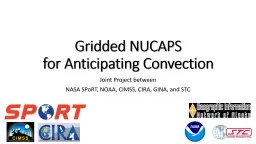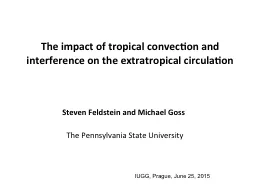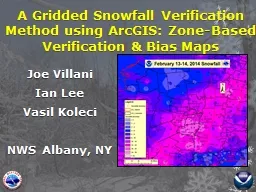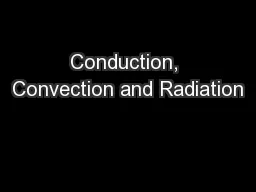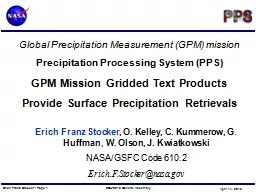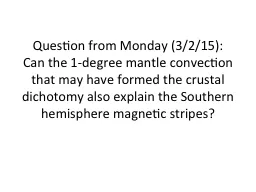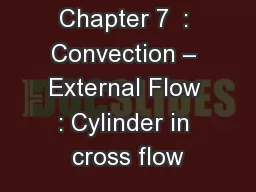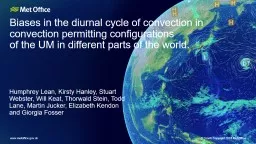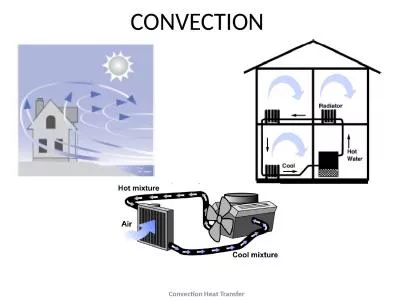PPT-Gridded NUCAPS for Anticipating Convection
Author : alida-meadow | Published Date : 2018-10-11
Joint Project between NASA SPoRT NOAA CIMSS CIRA GINA and STC Introduction This training module will take you through the steps on how to use the Gridded NUCAPS
Presentation Embed Code
Download Presentation
Download Presentation The PPT/PDF document "Gridded NUCAPS for Anticipating Convecti..." is the property of its rightful owner. Permission is granted to download and print the materials on this website for personal, non-commercial use only, and to display it on your personal computer provided you do not modify the materials and that you retain all copyright notices contained in the materials. By downloading content from our website, you accept the terms of this agreement.
Gridded NUCAPS for Anticipating Convection: Transcript
Download Rules Of Document
"Gridded NUCAPS for Anticipating Convection"The content belongs to its owner. You may download and print it for personal use, without modification, and keep all copyright notices. By downloading, you agree to these terms.
Related Documents

